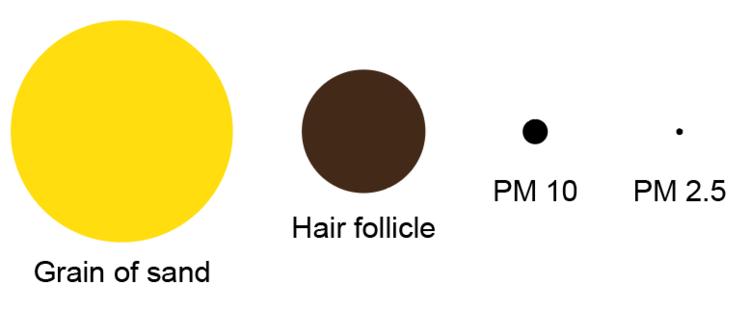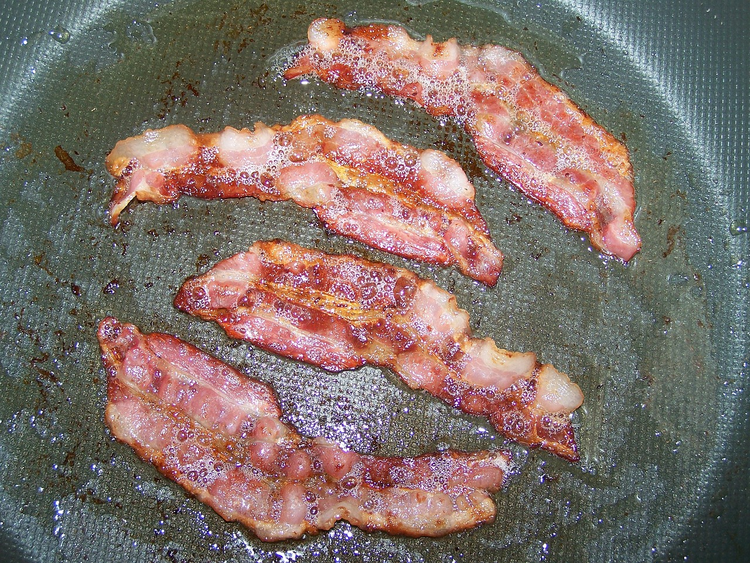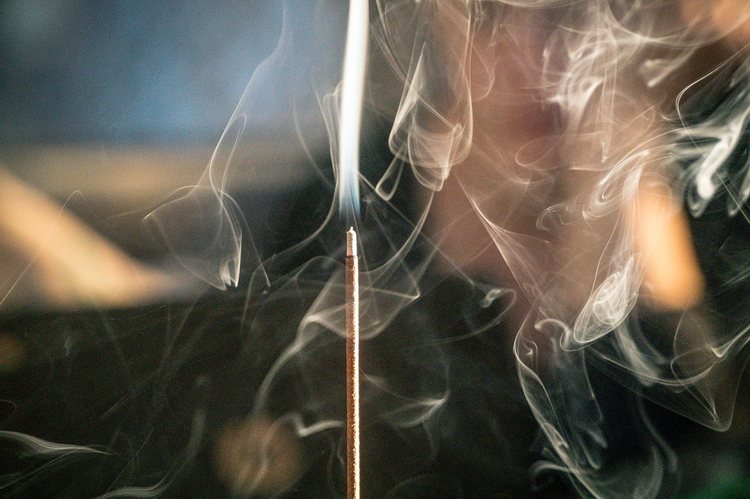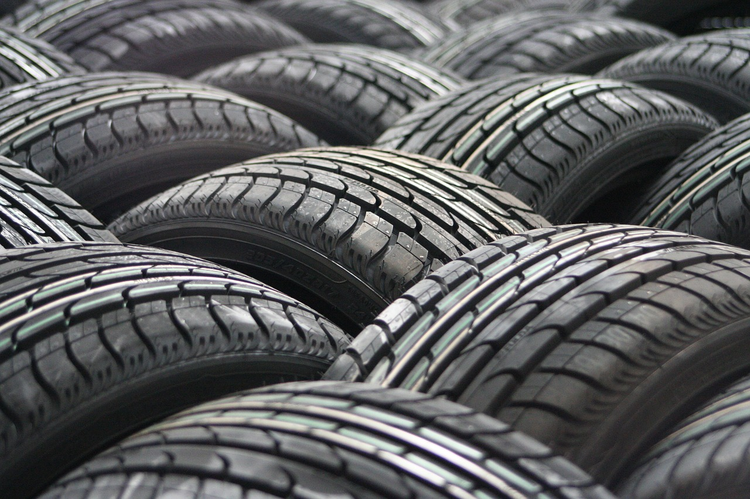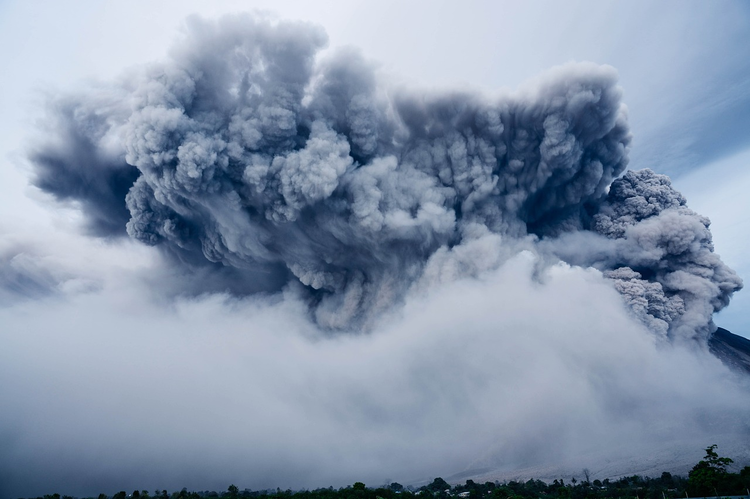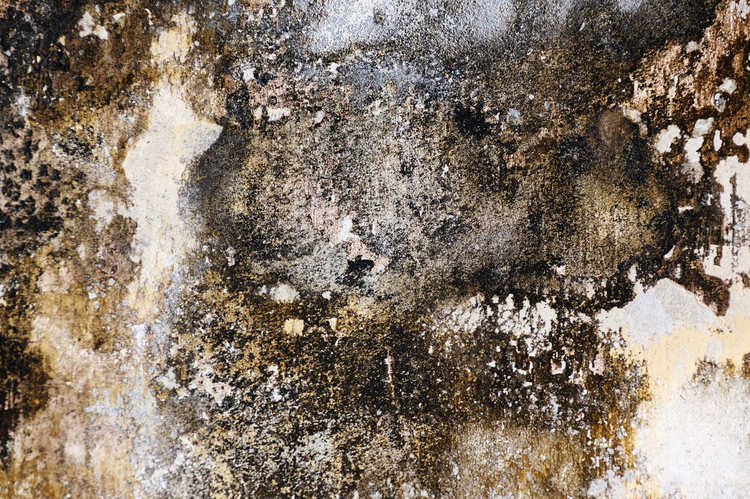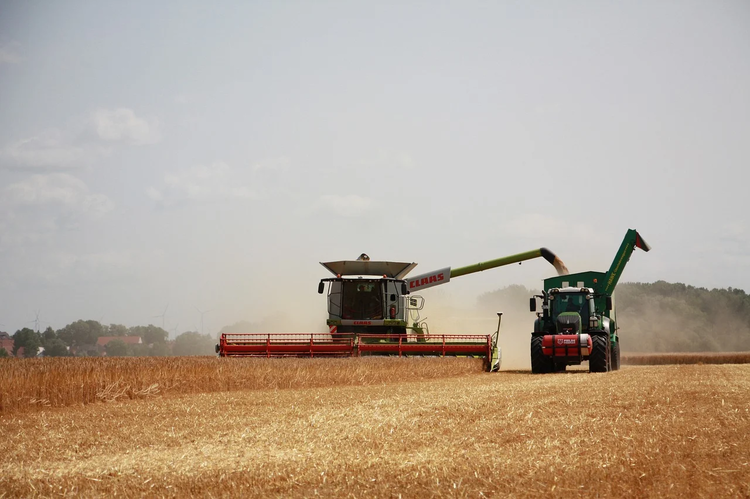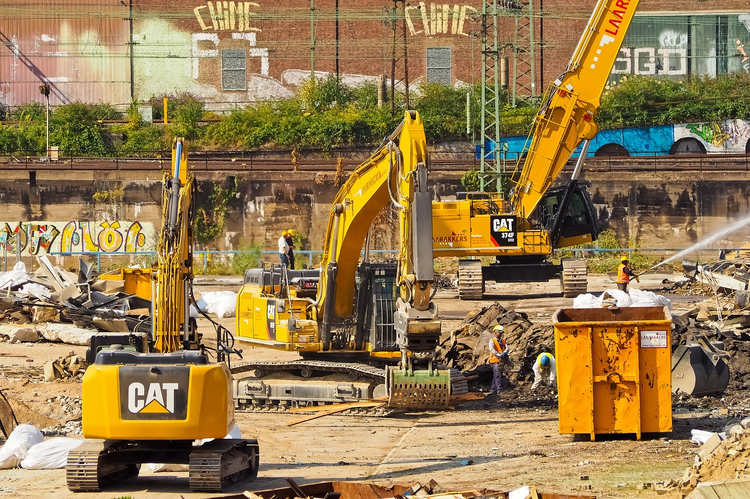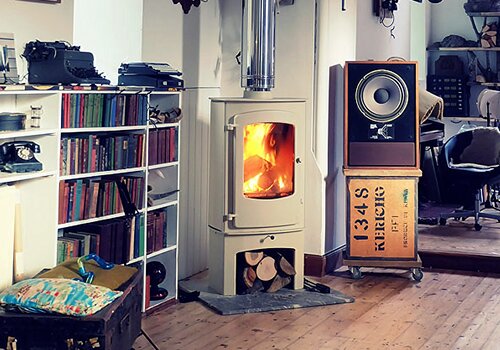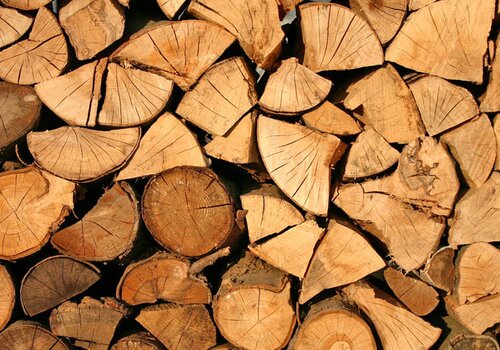One of the main indoor pollution sources for PM2.5 is cooking especially when certain cooking methods are employed. Frying, grilling, and broiling can produce higher levels of particulate matter compared to methods like boiling or steaming. The combustion of cooking oil and fats, especially at high temperatures, can release particles into the air.
For example, gas stoves can produce combustion by-products, including fine particles. Electric stoves, while not completely emission-free, generally produce fewer particles compared to gas stoves.
Cooking at higher temperatures increases the PM2.5 levels (i.e. eggs in a frying pan, or oven cooking poultry over a prolonged period.
In a research study, it was found that indoor PM2.5 concentrations in the house reached 200 micrograms per cubic meter for one hour during the cooking day. This exceeded the average of 143 micrograms per cubic meter observed in Delhi, the sixth most polluted city globally, and was significantly higher than the central London average of 15 micrograms per cubic meter.
According to the US air quality index, a measure of city pollution, indoor air quality ranged from "unhealthy" to "very unhealthy" for almost two hours. These levels surpassed the World Health Organization's guidelines of 10 micrograms per cubic meter for eight and a half hours.
The simple act of cooking bacon and eggs can drastically increase PM2.5 particles in the indoor air. And even the seemingly harmless activity of toasting bread increased PM2.5 levels to 30 micrograms per cubic meter.
